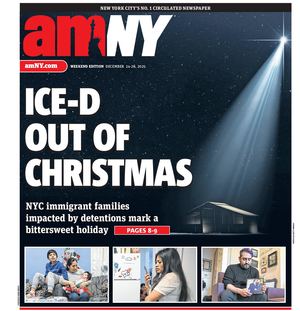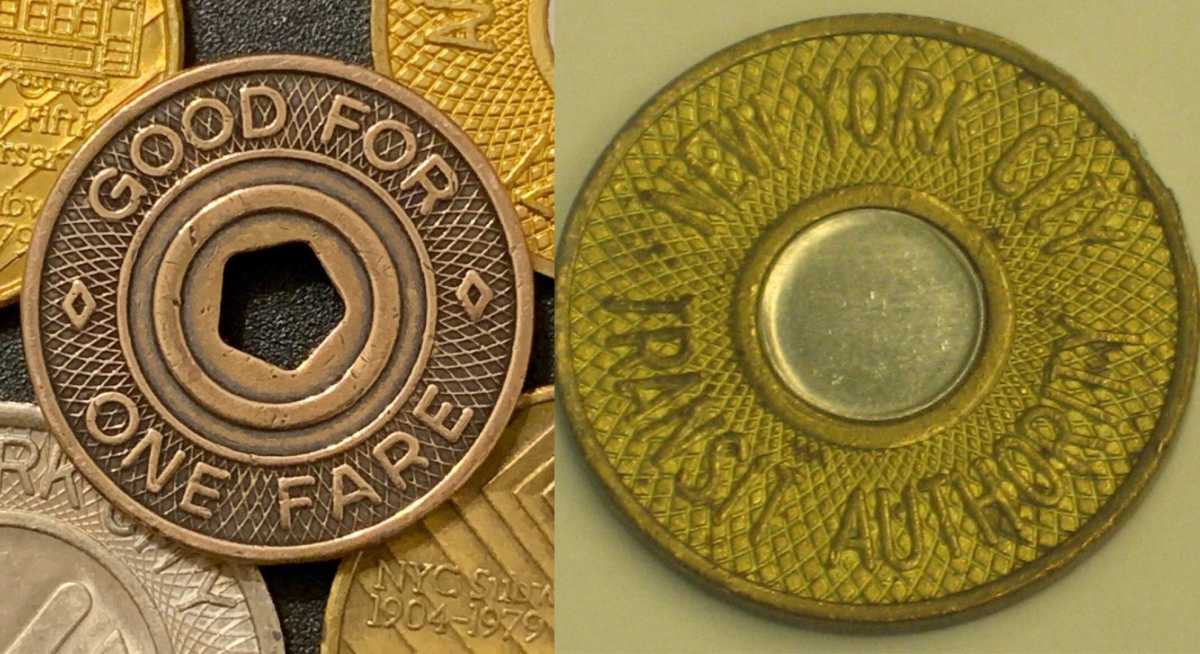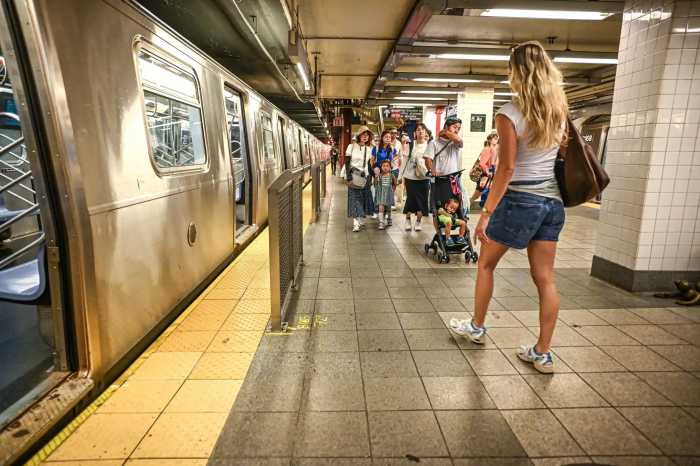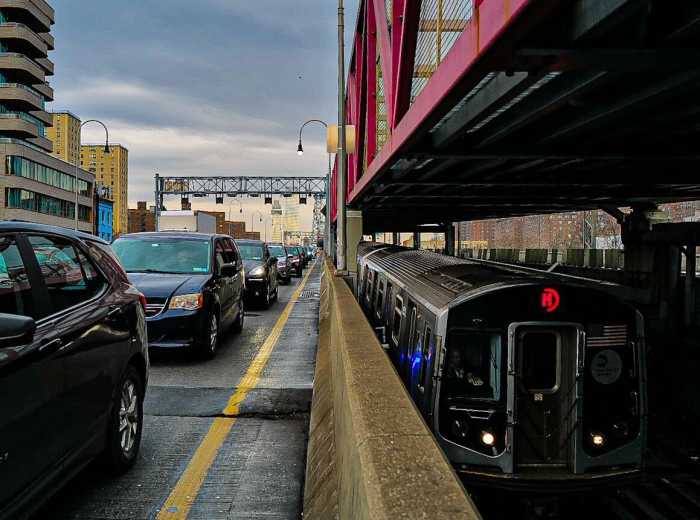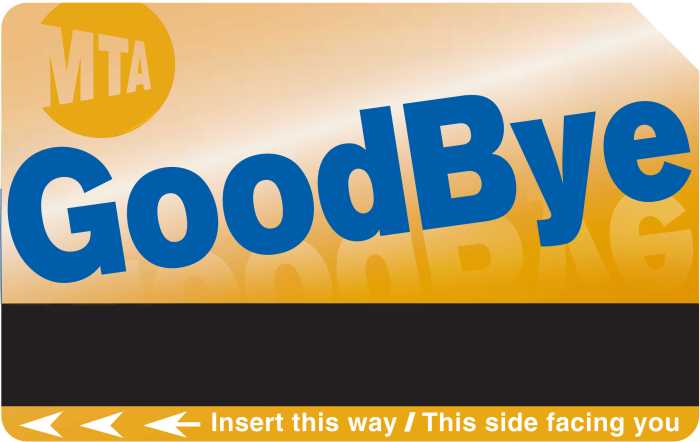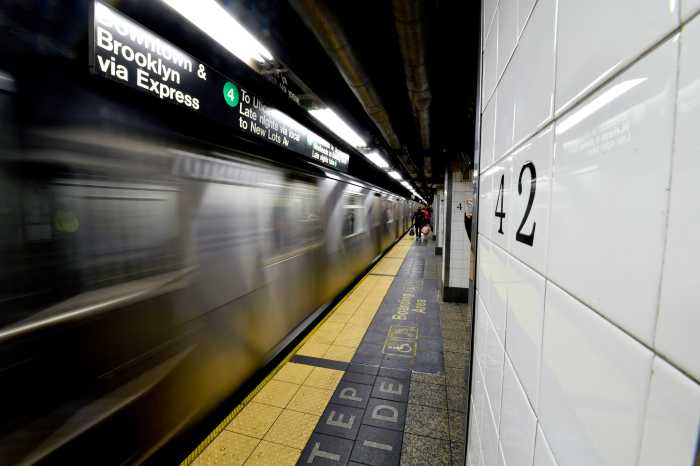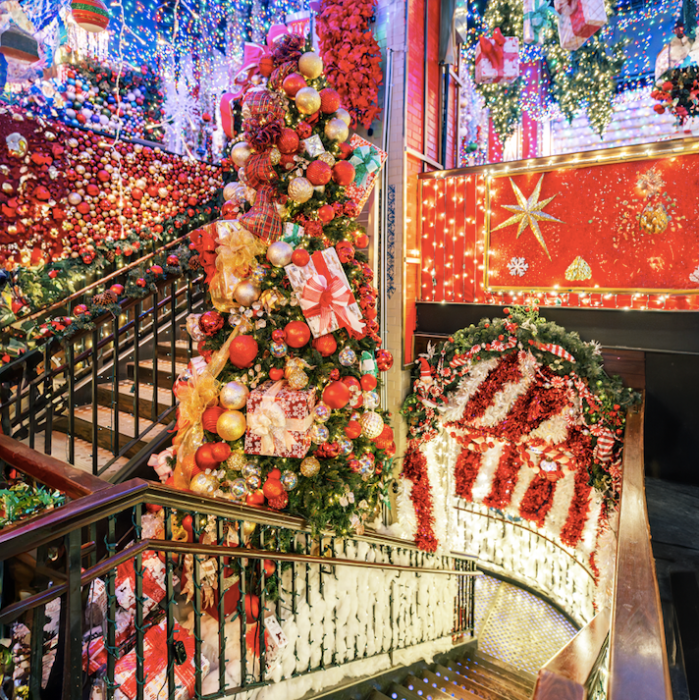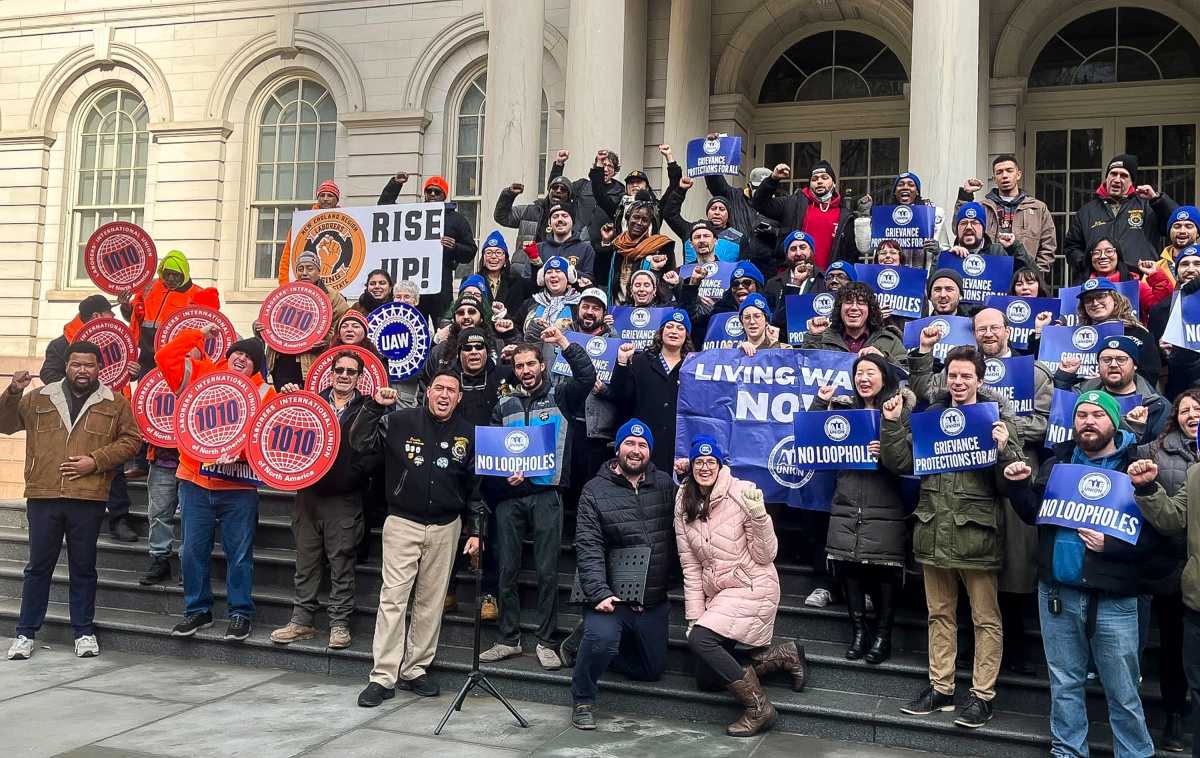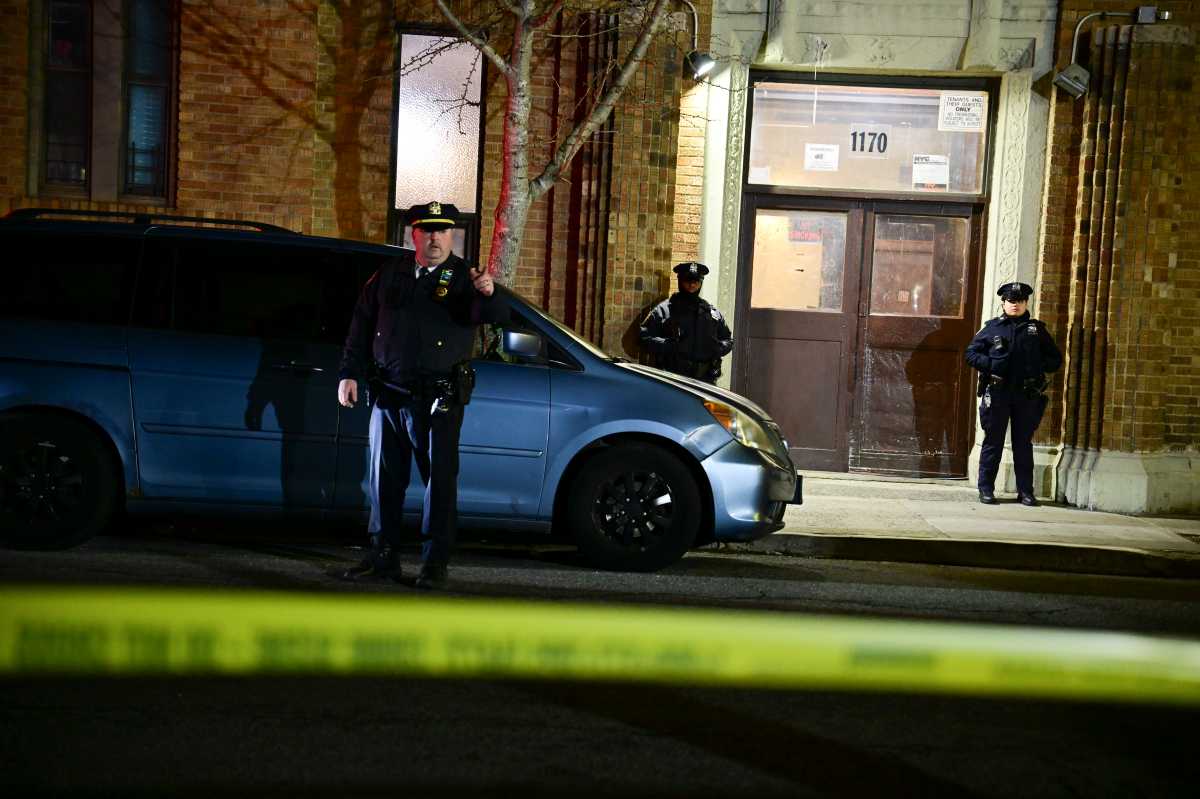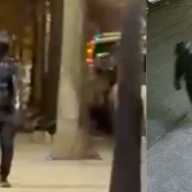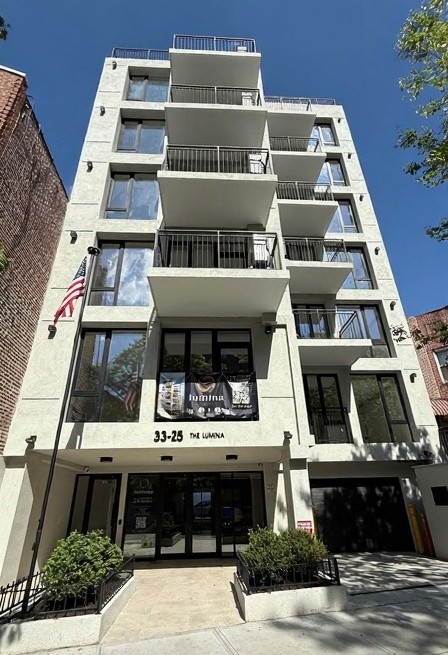Before you tapped or swiped, a subway ride was just a token away. This week marks 71 years since the subway token was introduced. The now obsolete way of paying for your ride was used up until 2003.
The token system started in 1953 as the fare increased to 15-cents. Since there wasn’t a 15-cent coin, the transit authority created their own currency system, the token. Throughout the 50 years of tokens there were 6 main designs.
Y-Cut Token (1953)
The first token was designed by New York City Transit employee Louis A. Schineller who had a background in graphic design.
“Inspired by other cities’ tokens, it was made of solid brass and the size of a dime so turnstiles did not have to be altered,” said Jodi Shapiro, curator at the New York Transit Museum. “The ‘Y’ cut out of its center made it easy to recognize tokens by touch.”
The museum is also home to the Ticket to Ride exhibit, where you can see collection of tokens and the evolution of fare collection in the New York transit system.
This first rendition was used for 17 years until 1970 even after the fare was raised to 20-cents in 1966.
Quarter-Sized Cut-Out Token (1970)
As the fare increased, so did the size of the token in 1970. Commuters paid the 30-cent fare with a token the size of a quarter. It maintained the same design with the famous “Y” cutout and was used until the end of the decade.
Diamond Jubilee Token (1978)
Despite the grittiness of New York in the 1970s, the subway tried to shine bright like a diamond to mark its diamond jubilee anniversary. In honor of 75 years of service, there was a commemorative token that could be used for the fare.
Former Design Director of J.C. Penney Bill Bonnell made an offer to the MTA of designing the special token for free. Honoring the history of the subway, Bonnell added two images that represented the system when it opened in 1904, including an IRT subway car and original station kiosk. At the top of the token there was a diamond cutout.
Quarter-Sized Solid Token (1980)
With the new decade came the arrival of a new token and a higher fare. By 1980, it cost commuters 60-cents for a ride and they would pay for it with the Quarter-Sized Solid token.
The major difference with this design was there was no “Y” cut-out. That change was not for an aesthetic reason, but rather a practical one that impacted commuters.
Shapiro explains that the cutout from older versions of tokens would trap lint from people’s pockets. That lint eventually clogged turnstiles.
The solid tokens also introduced a new system for commuters. The MTA sold packages of ten tokens, so they could buy multiple rides at a time.
The Bull’s-Eye Token (1986)
The MTA wanted to target fare evasion with the Bull’s-Eye token in 1986 with the fare costing $1. It was made with a brass rind and a steel center, which made it magnetic and could be detected by the turnstile.
There was a last-minute unauthorized design change to the token. Assistant Controller of the New York City Transit Sylvester J. Dobosz added his initials.
“He claimed the addition helped in anti-counterfeiting measures,” Shapiro said.
The first round of production made 60 million tokens, but when Dobosz’s initials were realized an additional 30 million were made without the SJD on them.
The Five Borough Token (1995)
Despite the MetroCard already being introduced, the MTA issued a new token design in 1995 with fare increase to $1.50. It was known as the Five Borough Token with a cutout in the middle shaped as a pentagon, which represented the five boroughs.
“Sixty million were minted in a two-part process,” Shapiro said. “The solid token was struck first, then the pentagonal center was punched out.”
To dispel people from trying to make counterfeits, the tokens were made with a special iron metal that made them a little magnetic.
The turnstiles, which were called “the workhorse” and are in most subway stations today, were able to detect the exact amount of iron in the token. If it was a counterfeit or “slug” as the MTA called them, it would then fall into the token return slot.
John Friia is the content creator behind Here In NY on Instagram and TikTok. Follow to learn more about hidden history and places to explore in New York City. Instagram: @Here_In_NY TikTok: @HereInNYC
Read More: https://www.amny.com/nyc-transit/
